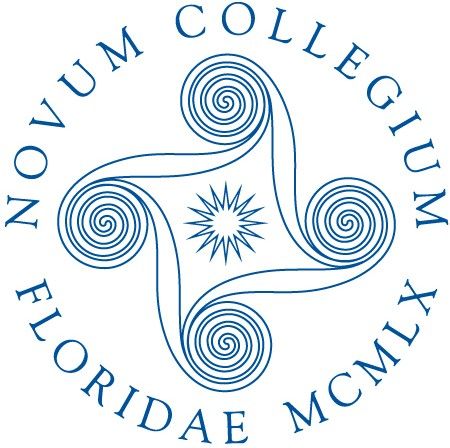New College of Florida, until recently, was at risk of being closed and forgotten. But, whatever you think of Governor Ron DeSantis’ picks for the board of trustees of New College, you must admit that they have awakened interest in the small liberal arts college. As a result, the future of the “Honors College for the State of Florida” is now a topic that is receiving nationwide attention.
Governor DeSantis appointed six members to the 13-member board of trustees. He has expressed that he would like to see the college become a classical liberal arts college.
New College has undergone significant change through the years. It began as a small private college that received its initial funding from the Board of Home Missions of Congregational and Christian Churches (later renamed the United Church of Christ) in 1959. The funding required that the “college shall be open to all students qualified for its academic program. Race, creed, national origin, or cultural status shall not be considered as a basis for denial of admission.” The name and inspiration for the college came from New College – University of Oxford.
New College struggled as a small liberal arts college, and in 1975 New College joined the State University System as part of the University of South Florida (USF). It shared its campus with USF Sarasota. This arrangement continued until July 1, 2001, when New College became the 11th member of the State University System. The Florida Legislature designates it as the “Honors College for the State of Florida.”
New College of Florida has a relatively low student-to-teacher ratio. Currently, it has a six-to-one student-teacher ratio, and the average class size is 11, according to statistics provided by New College.
At New College, students receive an evaluation rather than a letter grade when they complete a class. Each semester the student enters into a contract with their advisor on what they will accomplish that semester. The goal might be earning strong evaluations in four of five classes. To graduate from New College with a Bachelor’s Degree, students must complete a Senior Capstone Project. This project is usually in the form of a thesis, and the student has to complete a baccalaureate exam where they defend their paper and academic journey.
There is only a small graduate program at New College, so many students have the opportunity to work with professors on their research.
In 1988, USA Today classified “New College as among the 43 “choosiest” colleges in the nation. Over the years, fewer students have applied to the school, and now they accept around 73% of applicants. For comparison, the University of Florida admits 31% of applications. New College’s application criteria are considered demanding, but it seems that most of the students self-select, with usually strong students applying.
The waning interest in New College, as measured by applications to its program, does not bode well for its future if it maintains its current course. Due in part to the unique thesis requirement, it also has a high transfer rate and lower graduation rate, which are metrics used to measure the success of colleges.
New College has recently faced several proposals to make it part of another college rather than a standalone institution. The high student-teacher ratio means more individualized learning but also higher costs. This means that “data-based decision-making” constantly has New College on the chopping block.
It will be interesting to see how New College changes with these new trustees. Will they be able to steer the school on a different course? The prospect has raised the profile of the often-forgotten New College of Florida.
Full Disclosure: The co-founders of the Hernando Sun Newspaper, Rocco and Julie Maglio, are graduates of New College, along with several of their siblings.

